Some people prefer sunny weather, others like the rain. However, there’s something uniquely enchanting about snow. Every year throughout the country, snow blankets homes in a relaxing, white layer that silences the city sounds and signifies the beginning of the holiday season.
While snow is fairly common across the northern U.S., some cities see a much larger amount than others, transforming into winter wonderlands. But which cities see the most snow?
If you’re considering moving to a new area but aren’t sure where to choose, we’re here to help. Whether you like warm, sunny cities year-round and are making a list of places to avoid, or love a cold and snowy winter, Redfin has compiled a list of the snowiest cities in the U.S. to help you move with confidence. Read on to learn more and discover if one of these cities is right for you.
How we measure the snowiest cities
For our purposes of determining the “snowiest” cities, this list will focus on cities that receive the highest average seasonal snowfall. Some cities may see more days with measurable snowfall but lower average totals, so we won’t include them. Additionally, this list will focus on the highest seasonal snowfall totals, not annual.
Keep reading to see Redfin’s rankings of the snowiest cities in the U.S. with a population of 75,000 or more.
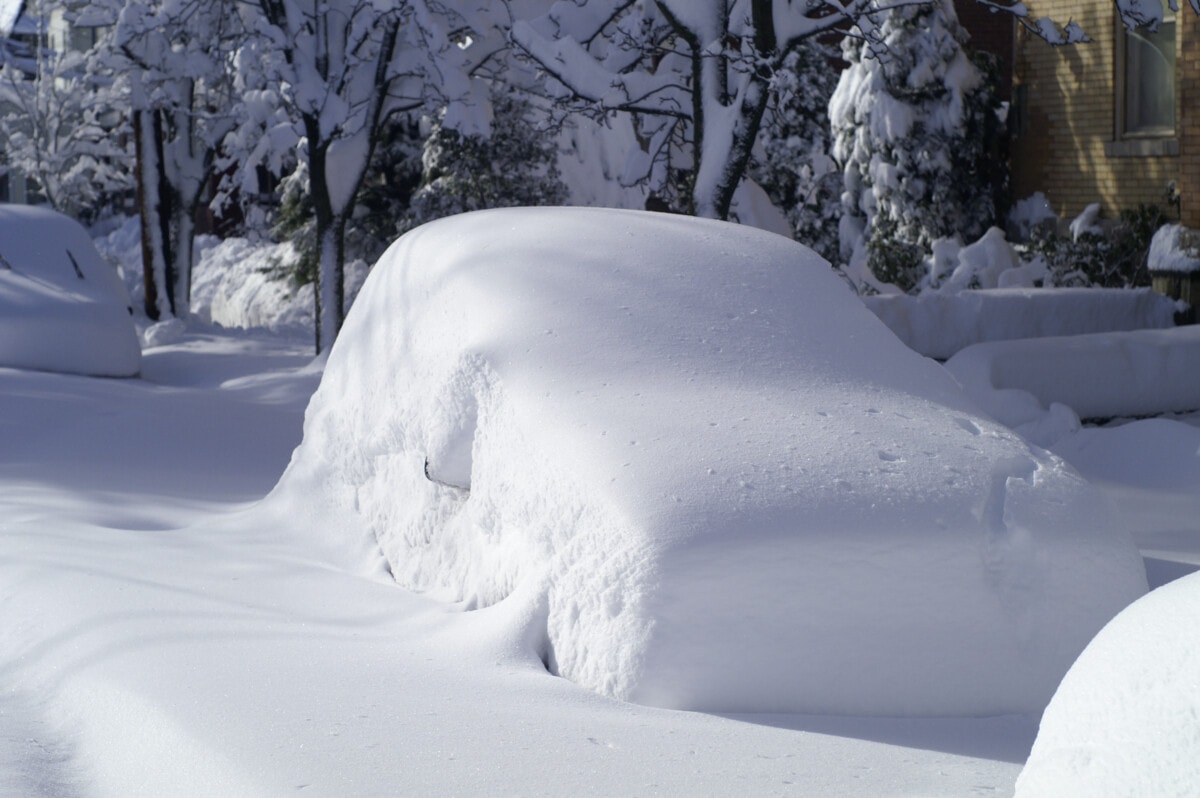
Your future home is just a tap away
Explore homes with the Redfin app anytime, anywhere.
What are the snowiest cities in the U.S.?
Your future home is just a tap away
1. Syracuse, New York
- Average seasonal snowfall: 127.8 inches
- Record seasonal snowfall: 192.1 inches
The snowiest city in the U.S. is Syracuse, NY. The city is also the rainiest and one of the cloudiest in the country.
Syracuse is so snowy because of its location near the Great Lakes, often seeing strong lake effect snowstorms. Lake effect precipitation happens when older air that enters the region from the west or northwest travels east over the relatively warmer lakes, turning into heavy rain or snow. Syracuse is just east of Lake Ontario, so it sees this pattern frequently. The lake effect is much stronger and more common in the winter due to the larger temperature difference between the air and water.
Sometimes, lake effect systems stall over the region, causing snowstorms that can cover the city in feet of snow within a day. Because of this, Upstate New York is known for some of the heaviest snowfall in the world. This is what prompted the largest Upstate cities to compete for the Golden Snowball Award, which is awarded annually to the city that receives the most snow. Syracuse has won the majority of the years dating back to 1951, but Buffalo has won the past two due to localized lake effect snowstorms.
So, do you want to move to the snowiest city in the U.S.? If so, buying a home in Syracuse will cost an average of $160,000, which is well below the national average. Or, if you’re thinking of renting an apartment, the monthly rent price for a one-bedroom apartment averages $1,380.
2. Erie, Pennsylvania
- Average seasonal snowfall: 104.3 inches
- Record seasonal snowfall: 166.3 inches
Erie, PA, sees most of its snow from lake effect storms off Lake Erie. However, because the cold air that causes storms doesn’t cross as much of the lake as other cities like Syracuse, snow is generally lighter. Regardless, the area does see strong storms; recently, Erie was hit with over five feet of snow during the holidays due to a lake effect storm.
If you’re considering buying a home in Erie, PA, you’ll find that the median home sale price is about $125,000, less than half the national average. Or, if you’re considering renting an apartment, expect the average price for a one-bedroom apartment to be around $1,200.
Learn more about living in Erie.
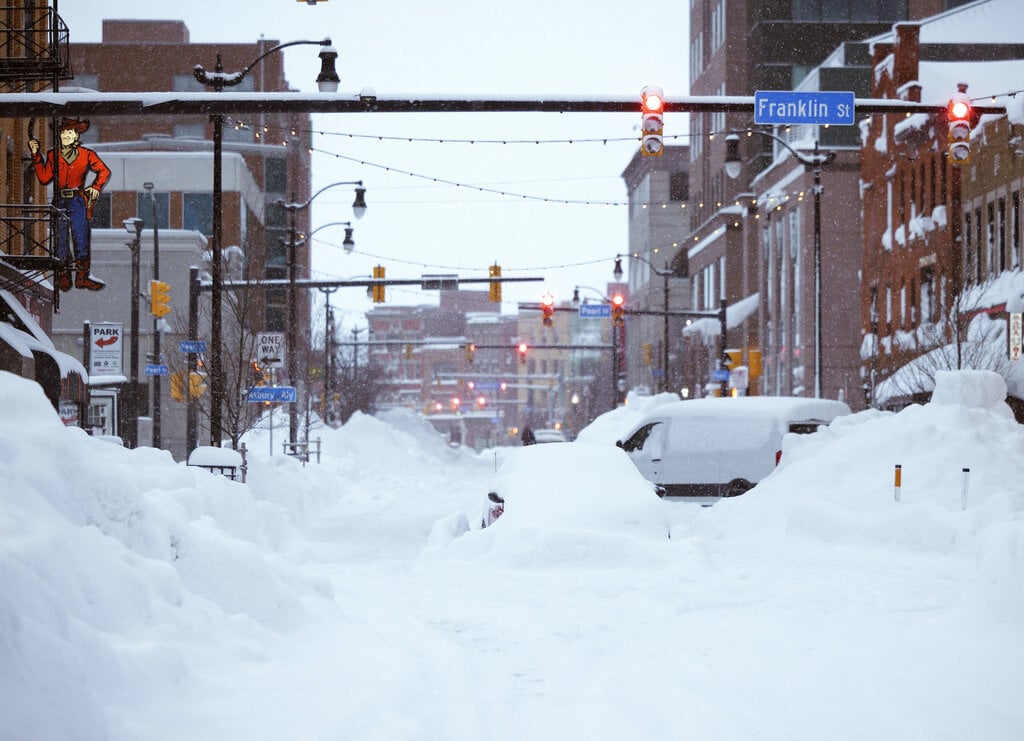
3. Rochester, New York
- Average seasonal snowfall: 102 inches
- Record seasonal snowfall: 161.7 inches
Rochester is the third-snowiest city in the U.S., thanks to the lake effect. Similar to Syracuse, it receives an abundance of snowfall from Lake Ontario. However, it’s located further west than Syracuse, meaning there is less opportunity for cold air to pass over the lake, resulting in lower snowfall totals. Also similar to Syracuse, Rochester is known for more frequent light and moderate snow, but it has seen many strong storms.
If moving to Rochester sounds appealing, you’ll find the median home sale price to be $175,000, far below the national average. If you’re looking to rent an apartment, the average cost of a one-bedroom apartment is $1,505.
Learn more about living in Rochester.
4. Buffalo, New York
- Average seasonal snowfall: 95.4 inches
- Record seasonal snowfall: 199.4 inches
The last of the Upstate New York cities, Buffalo is the fourth-snowiest city in the U.S. Like Syracuse and Rochester, Buffalo gets most of its snow from strong lake effect snowstorms.
However, Buffalo is infamous for experiencing especially-intense and narrow snow bands, resulting in blizzards which can drop many feet of snow in a day. The most well-known snowstorm is the Blizzard of 1977, which dropped more than 100 inches of snow in three days. More recently, the Christmas week storm of 2022 dropped six feet of snow in some areas, causing widespread damage and disruptions.
So, while Buffalo may receive less average snowfall, it sees some of the strongest storms and fastest snow accumulation. Buffalo’s daily one-day snowfall record of 33.9 inches is rivaled only by Syracuse on this list.
Want to move to the area? Buying a home in Buffalo will cost an average of $200,000, which is below the national average. Or, if you’re thinking of renting an apartment, the monthly rent price for a one-bedroom apartment averages $1,380.
Learn more about living in Buffalo.
5. Boulder, CO
- Average seasonal snowfall: 92.8 inches
- Record seasonal snowfall: 152.0 inches
The first city on our list in the Rocky Mountains, Boulder, CO, is the fifth-snowiest city in the country. The keys to Boulder’s snowy winters are its elevation and location.
Boulder sits at 5,430 feet above sea level. This is a benefit because when moisture from the east hits the steep slopes of the Rockies, it’s forced to rise quickly and condense in the form of precipitation. This process is known as upslope flow. Because air temperatures are usually well below freezing in the winter at these elevations, precipitation generally falls as snow. The colder air temperatures also lead to extremely long snow seasons that last from September to June.
Additionally, even though it’s only 30 miles from Denver, Boulder receives more than twice the amount of snow. This is primarily due to Boulder’s pristine location in the shadow of the steep Flatiron range. When winter storm systems hit the Flatirons, they drop huge amounts of snow in order to ascend quickly, most of which falls on Boulder.
If living more than a mile above sea level sounds appealing, buying a house in Boulder, CO, will cost an average of $930,000. Or, if you want to rent an apartment, the monthly rent price for a one-bedroom unit averages $1,860.
Learn more about living in Boulder.
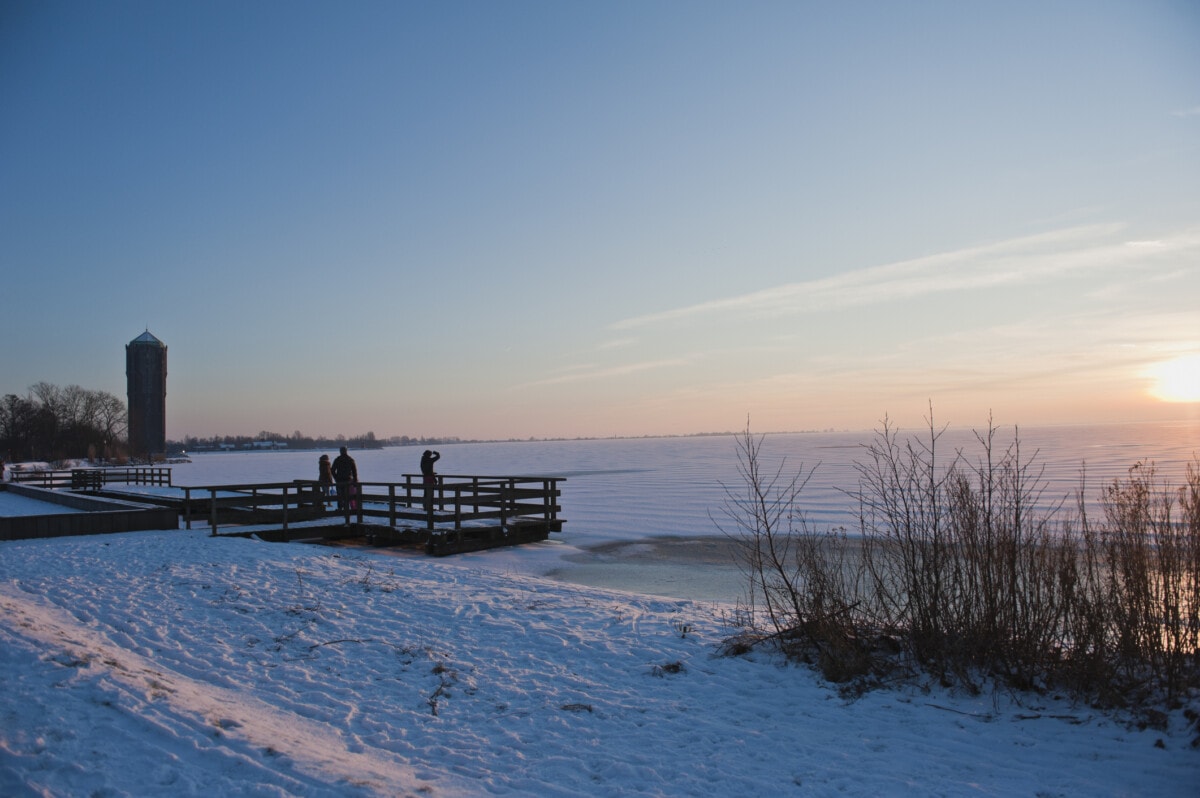
6. Duluth, Minnesota
- Average seasonal snowfall: 90.2 inches
- Record seasonal snowfall: 140.1 inches
The sixth-snowiest city in the U.S. is Duluth, MN. During the long winter, Duluth regularly sees snow, and experiences extremely cold weather for months on end. In fact, Duluth is the coldest major city in the contiguous U.S.
Duluth is unique in that it sits on the western side of Lake Superior, which would typically make it a drier city. However, Lake Superior is large enough and far enough north for it to produce lake effect precipitation along all of its shores that can spread far inland. That, combined with other storms that blow through during the spring and fall, make it a very cold and snowy city.
If you’re considering buying a home in Duluth, MN, you’ll find that the median home sale price is around $299,000, near the national average. Or, if you’re thinking of renting an apartment, the average monthly rent price for a one-bedroom apartment is about $1,580.
Learn more about living in Duluth.
7. Flagstaff, Arizona
- Average seasonal snowfall: 90.1 inches
- Record seasonal snowfall: 153.9 inches
Flagstaff is the seventh-snowiest city in the U.S., receiving over seven feet of snow per year on average. The city is particularly snowy because of its high elevation (6,900 feet above sea level) and proximity to the Pacific Ocean. Even though the city is relatively far south, the altitude brings plenty of cold air and means that any moisture moving over the area will fall near the city.
Flagstaff benefits from a similar phenomenon as Boulder, but moisture comes from the Pacific Ocean instead of the midwest. Recently, in 2022/23, Flagstaff saw its second-snowiest season on record, and first-snowiest March. 142.5 inches fell from October 2022 through May 2023.
Buying a home in Flagstaff will cost an average of $688,000, which is well above the national average. If you’re thinking of renting an apartment, the monthly rent price for a one-bedroom apartment averages $1,876.
Learn more about living in Flagstaff.
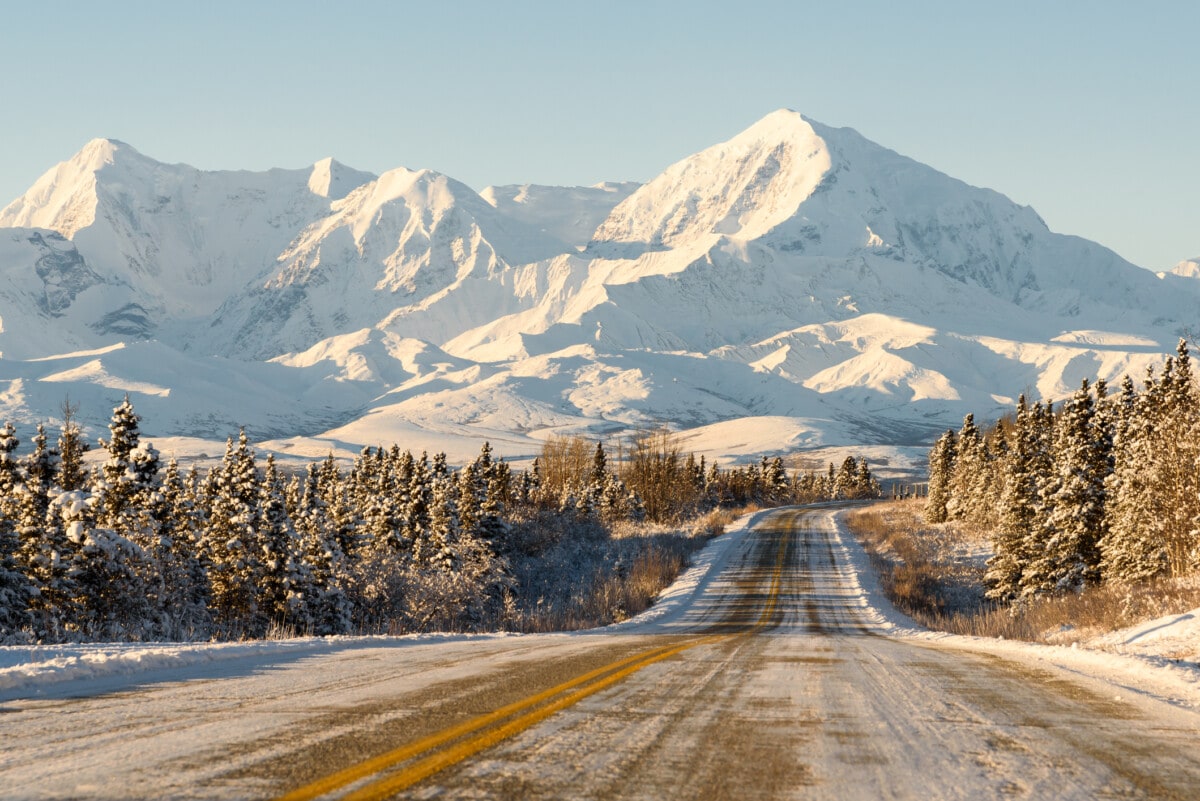
8. Anchorage, Alaska
- Average seasonal snowfall: 77.9 inches
- Record seasonal snowfall: 134.5 inches
Surprisingly, Anchorage, AK, the northernmost major city in the U.S., is only the eighth snowiest. This is because Anchorage is surrounded by tall mountains and fjords, which causes a large portion of the frequent Pacific storms to dump most of their snow and rain before they reach the city. However, the city still receives plenty of snow and provides gorgeous vistas year-round.
Other Alaskan towns, such as Juneau (87.6 inches) and Homer (100.6 inches), receive more snow than Anchorage on average, but are too small for this list.
Remarkably, during the current 2023-24 season, Anchorage totalled over 100 inches of snow by the end of January, a record high for that time. The city is poised to break its all-time record, seeing as the season ends in May.
If you’re considering buying a home in Anchorage, AK, you’ll find that the median home sale price to be about $395,000, near the national average. If you’re considering renting an apartment, expect the average price for a one-bedroom apartment to be around $1,050.
Learn more about living in Anchorage.
9. Grand Rapids, Michigan
- Average seasonal snowfall: 77.6 inches
- Record seasonal snowfall: 132.2 inches
Grand Rapids, MI, is the ninth-snowiest city in the U.S. Similar to many other cities on the list, the city sees most of its snow from lake effect storms. Grand Rapids is just to the east of Lake Michigan, meaning if cold air is blowing from the west or southwest, snow is likely to fall in the area. However, these wind patterns usually only last for around 12 hours at a time, meaning the region sees much lower snowfall totals than the top spots on this list.
Buying a home in Grand Rapids will cost an average of $280,000, below the national average. And if you’re thinking of renting an apartment, the monthly rent price for a one-bedroom apartment averages $1,250.
Learn more about living in Grand Rapids.
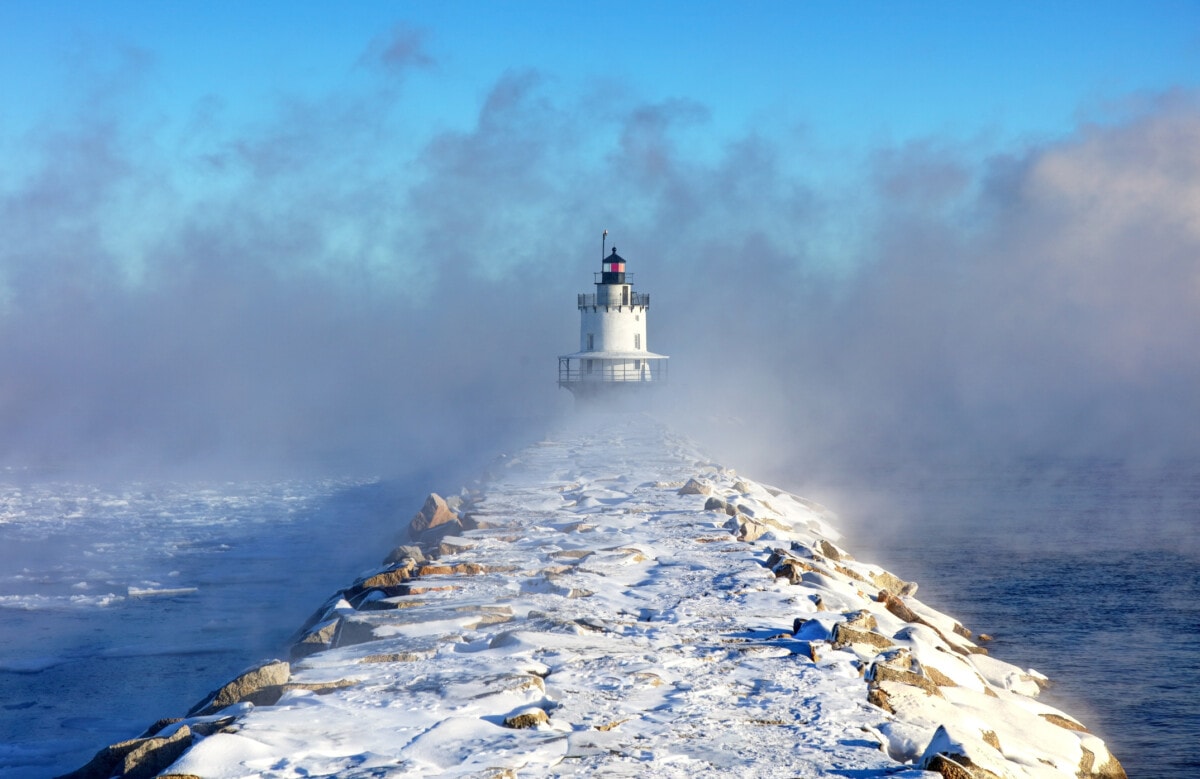
10. Worcester, Massachusetts
- Average seasonal snowfall: 72.9 inches
- Record seasonal snowfall: 132.9 inches
Last on our list is Worcester, MA. Worcester is just the fourth city on the list not to benefit from the lake effect. Instead, the area sees most of its snow from nor’easters, which are storms that result from strong, cold air from the northeast hitting the relatively warmer waters of the Atlantic Ocean. These storms can produce very strong snowstorms across New England and even further south.
Interestingly, Worcester receives nearly 30 inches more snow than coastal cities like Boston and Providence. This is because of its inland location and proximity to higher elevation, causing lower temperatures and more winter precipitation.
If moving to Worcester sounds appealing, you’ll find the median home sale price to be $429,000, on par with the national average. If you’re looking to rent an apartment, the average cost of a one-bedroom apartment is $1,812.
Learn more about living in Worcester.
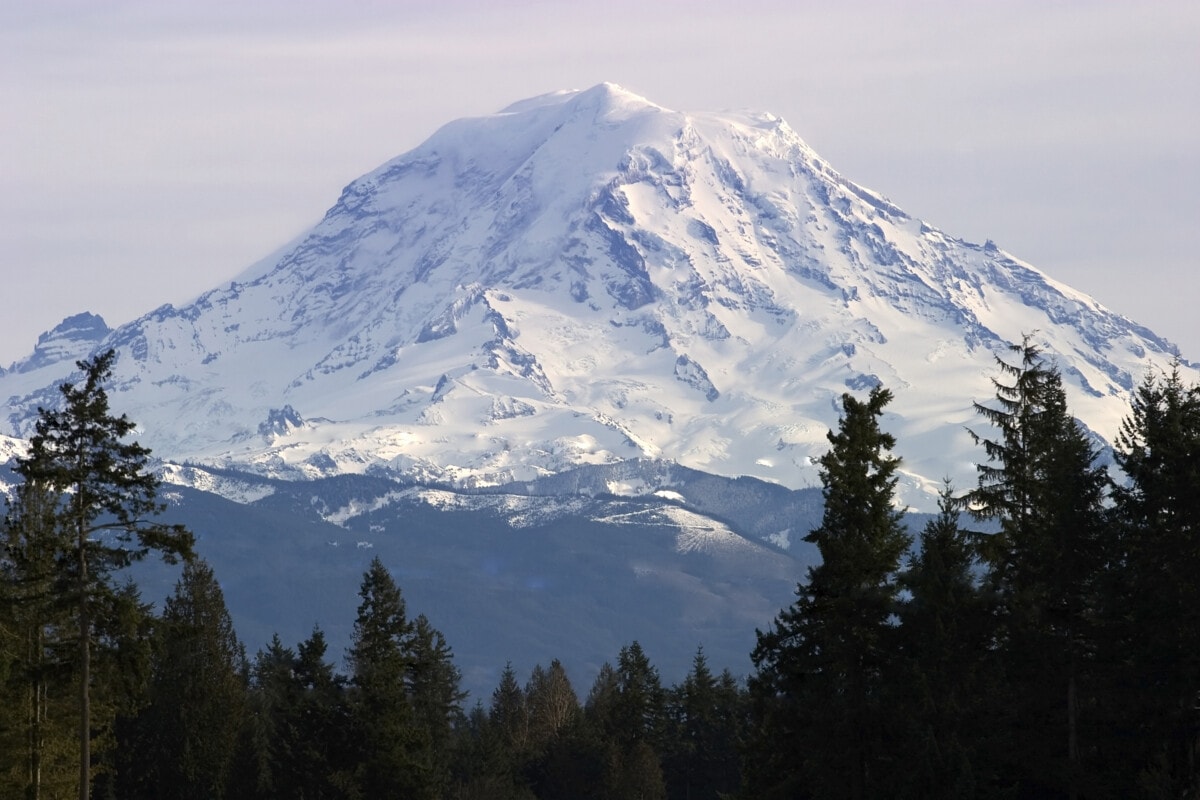
What is the snowiest place in the U.S.?
The outright snowiest place in the United States is a tie between Mount Rainier (Tahoma) and Mount Baker (Kulshan) in Washington State. These mountains receive an average of 645 inches of snowfall each year, but have seen as much as 1,122 and 1,140 inches respectively, the highest totals in the world.
The mountains receive so much snow because of their high elevation and proximity to frequent moisture from the Pacific Ocean. Interestingly, one of the lowest-elevation ski resorts in the U.S., The Summit at Snoqualmie, also benefits from this pattern.
How is snowfall changing?
There are three ingredients necessary for snow:
- Cold air (around 32 degrees Fahrenheit)
- Moisture (high relative humidity)
- Rising air (required for clouds and precipitation)
Due to climate change, most of the world is receiving more precipitation. However, the world is also warming rapidly, causing more of this precipitation to fall as rain. More rain means less snowpack and shrinking glaciers, leading to disruptions to the global water and food supply. This is especially apparent in mountainous regions, primarily at lower elevations. The trend is already happening and is projected to get worse.
So, as snowfall totals fall, the snowiest cities in the U.S. will likely see less snow in the future. The best way to save the snow is to ask policymakers to prioritize climate legislation and to do your part to reduce your carbon footprint.
Methodology
This list contains annual snowfall data for major cities with over 75,000 residents according to the 2020 census. 2020 Comparative Climatic Data was obtained from the National Oceanic and Atmospheric Administration (NOAA) and its subsidiary, the National Centers for Environmental Information (NCEI). Additional data found on the U.S. Climate Normals database.
Note: A previous version of the article erroniously omitted Boulder, CO. This has been corrected, and Portland has been removed from the top ten list.



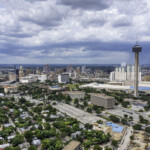
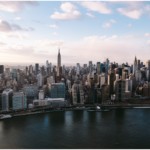
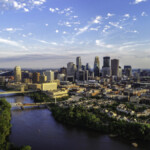



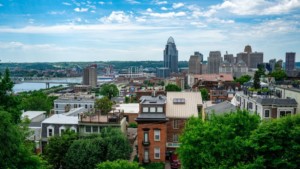
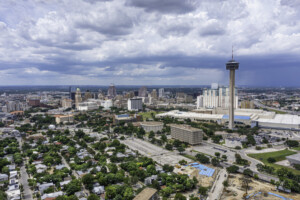
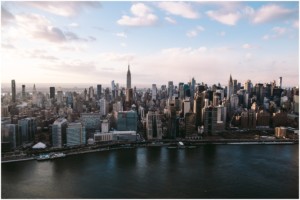
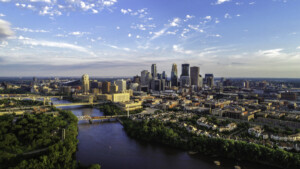


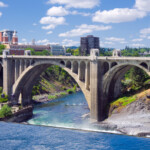




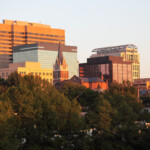






 United States
United States Canada
Canada